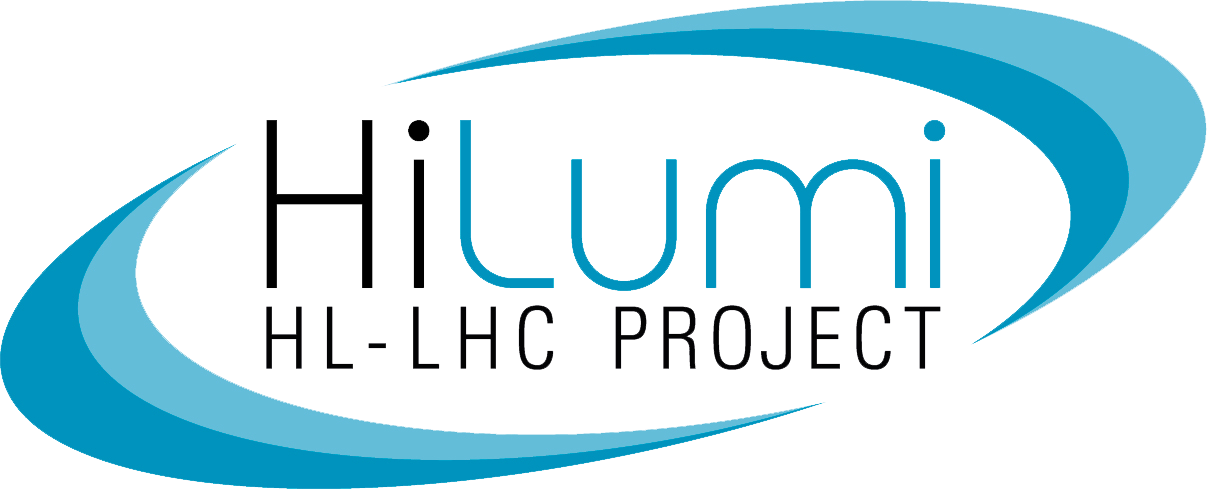
There are no big dreams, says Francisco laughing. He has always been closer to the “down-to-earth” ones club than to the dreamers party. That is why it is so difficult for him to imagine himself within 5 or 6 years, but there is no need to.
For him, beauty is the nature itself. It is the starry sky of Sagan’s Cosmos, it is “Jonathan Livingston Seagull” learning how to fly over a breathtaking sunset seen from the lighthouse of Mera, with A Coruña at the back.
Francisco was born there in 1969. He is not the typical Galician, he does not have morriña. He is not a fan of looking for how much he misses something. Of course, he misses his family, the pulpo a feira and zamburiñas,and the Atlanticosity in the lungs. But when he goes back to A Coruña, he misses a lot of things from Geneva and its surroundings. After a while, it is not only where you are born, it is also where you take roots.
Around 150 kilometers from his native town, he studied Mechanical Engineering at Vigo’s University. Just before finishing his studies, he saw a CERN advertisement: they were looking for technical students. It was the year 1996, and everything went so fast. Francisco applied in December, just two days before the deadline. He got an answer by mid January, and he had an interview in early February. A month later, he became a CERNie.
From 2003 to 2014, Francisco worked for ITER, the International Thermonuclear Experimental Reactor, a nuclear fusion research and engineering project which is building an experimental reactor in southern France. He returned to CERN as a Staff, and since then, Francisco is working mostly involved to HiLumi. Currently, he also is the Work Package 8 leader: a part of the project which takes care of the interface between the machine (HLC) and the experiments.
From his experience as a veteran CERNie, and because of his technical background, Francisco thinks that science people need failing. If someone does not allow you to let things drop from your hand when you are trying to find the balance, how would you learn?
He agrees with the timeless Spanish philosopher, Ortega y Gasset, who said that “el verdadero tesoro del hombre es el tesoro de sus errores”. Francisco feels that failing is the most natural and efficient way of learning. When you are a child, you touch everything, if it falls and it breaks, you do not care, you just take another one.
Being a child means not thinking about consequences. Once we grow up, we start thinking about them, sometimes because we know them, other times because people make us aware of them. Together with that, we lose part of that primitive learning, that trial and error processes.
That may be the reason why “cada maestrillo tiene su librillo”. Sometimes, we try to copy-paste the behaviours from others, but everyone has a way of doing things, a way of learning, a way of asking, a way of answering. And that is ok.
From a high degree of realism, Francisco would like to see HiLumi and ITER working or dark matter being discovered, why not? He will continue contributing with smooth improvements, applying his own recipes that may not work with anyone else.
Little by little, like “Jonathan Livingston Seagull” learned how to fly.
Back to the HiLumi Beehive | WP8 bees

